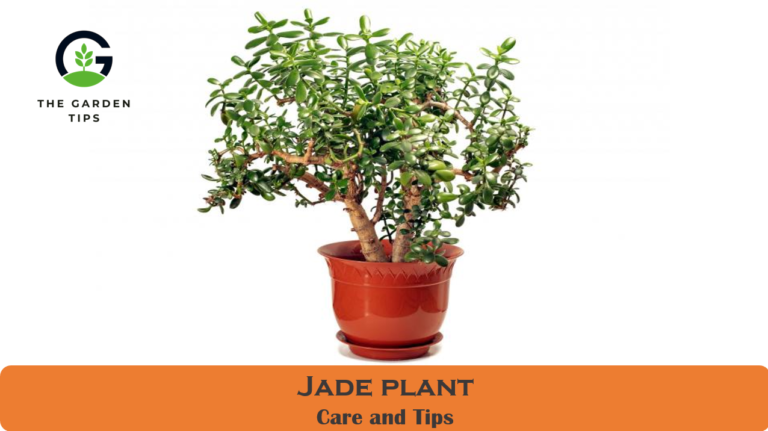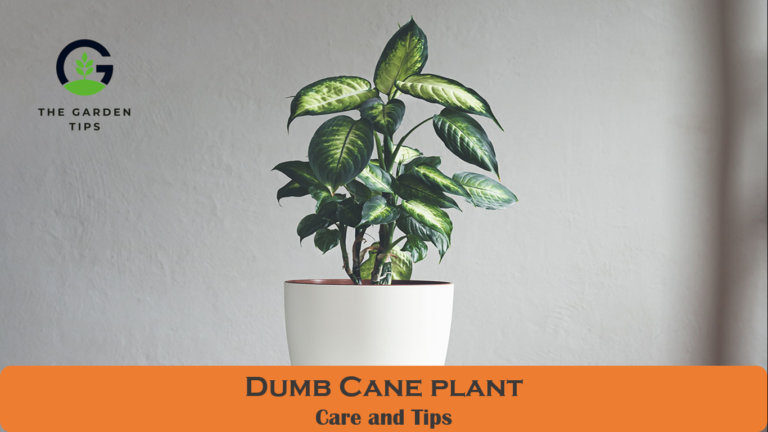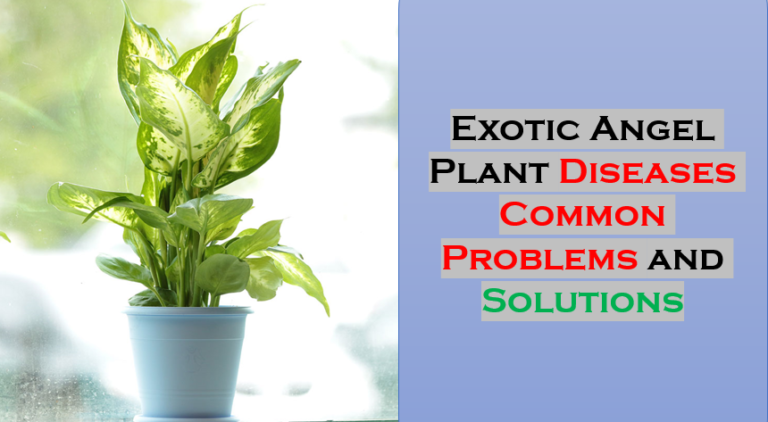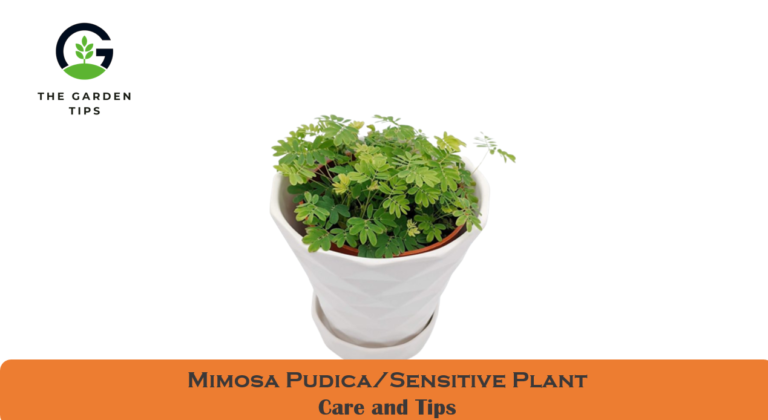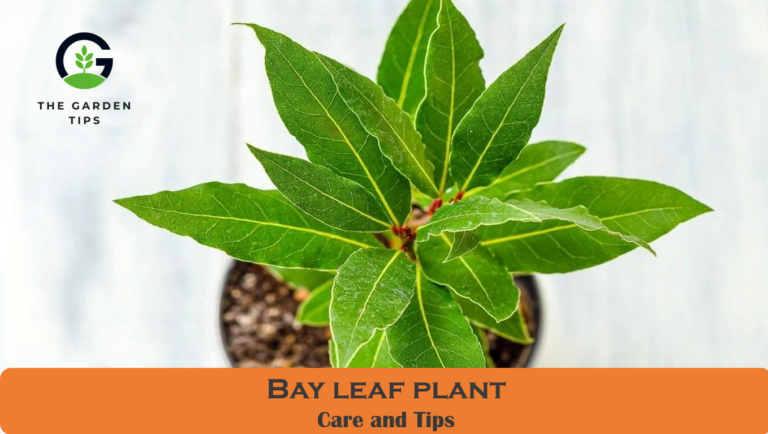Colorful and textured bromeliads may look like they’d be challenging to grow, but they’re rather easy to care for. Bromeliads are known for their colorful foliage as much as their showy blooms, and their leaves come in various shades of red, orange, purple, yellow, and green. 1 to 3 years is required for bromeliads to develop into the flowering stage.
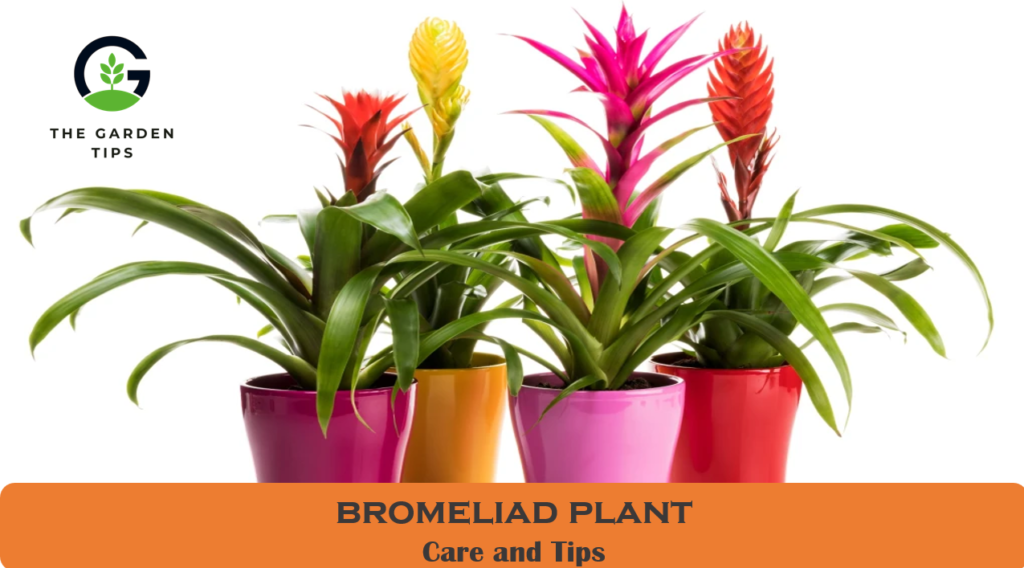
How to Grow and Care for Bromeliads?
Terrestrial or epiphytic varieties of bromeliads can be cultivated as indoor houseplants, but both types typically need a porous, well-draining potting medium. Bromeliads, like epiphytic orchids, can grow in the same conditions. Despite this, they are more resilient than orchids to temperature changes, drought, and negligence.
A typical combination of potting soil and fine sand is used to grow most bromeliads inside, whether they are epiphytic or terrestrial species. Either the soil is moistened, or the hollow (cup-like shape) in the center of the bunch of leaves is filled with water.
How often do Bromeliads Bloom?
When it comes to flowering, bromeliads have a few requirements that differ from genus to genus and even between species within one genus. Humidity, temperature, water, and feeding all affect their blooming cycle. You’ll need to research specific genera and species to get the greatest results.
Most Popular Types of Bromeliads
When found in their natural habitat, the tropical as well as subtropical regions of the Americas, houseplant bromeliads are typically grown in a potting mix. As houseplants, bromeliads come in a wide variety of genera, including:
- G. Zahnii, G Lingulata. and G. monostachia are three of the most common and widely available species in the Guzmania family. Bracts are most commonly red, but they can also be yellow, pink, orange, or purple, depending on the species. The blooms can last anywhere from 2 to 4 months, depending on the variety.
- Regarding the bromeliad genus, Neoregelia is the king of the hill. Colorful bracts range from pinkish to deep purple in those species used as houseplants.
- Tropical, feather-like flowers and variegated foliage characterize the Vriesea species. V. splendens as well as the hybrid Vreisea are two of the most popular varieties in the field.
- Champaca, a cultivar of A. Comosus ‘Champaca’, a common pineapple, is an ornate pineapple commonly grown as a houseplant.
How much light does a bromeliad need?
There are wide varieties of bromeliads that can withstand varying degrees of light. Depending on their species, certain plants can tolerate the intense heat of the tropics, while others rapidly become scorched. Soft, flexible, spineless forms enjoy the low light levels, while stiff, rigid varieties prefer intense indirect light. Soft, flexible, spineless varieties prefer lower light levels.
Dark green and tall plants may get much more light, while yellowish-green plants may get too little. Increasing the amount of light a plant receives can encourage it to flower, providing other requirements are met.
What is the best potting mix for bromeliads?
Quickly drained potting soil that retains moisture yet drains well works best for bromeliads cultivated indoors. A three-to-one ratio of peat-based soil to sand is the best blend in many cases.
Orchid mix, charcoal, and soilless potting mix are also viable options. Several epiphytic bromeliads can be cultivated in containers or mounted on boards or logs for a more authentic “air plant” experience
How much water does a bromeliad need?
Some bromeliads species are resistant to dry seasons but prefer damp, not soggy, soil, despite their tropical origins. In most homes, it’s not necessary to regularly refill the plant’s Centre cup with water.
However, if the light and temperature levels are high, this is a possibility. It would help if you flushed out the central cup of your bromeliad now and again to remove any accumulated salts.
Watering these plants via the soil only once a week during the growing season, and drastically reducing watering in the winter rest period, is generally sufficient. Bromeliads are susceptible to root rot if they are left in standing water.
Before watering, wait until the soil’s top two inches feel dry to the touch. A spray bottle mist and a good washing in water once a week are all that is required of plants grown as epiphytes (air plants without soil).
What is the best temperature for bromeliads? How much humidity does a bromeliad need?
If you live in an area where the temperature drops below freezing, bromeliads can be grown in containers that can be moved indoors in the winter. Temperatures between 60 to 85 ° F are ideal for bromeliads. Some cooler types can withstand temperatures as low as 20 degrees, but they should not be forced to adapt to temperatures below 40 degrees.
Indoors, they thrive with 60% humidity. During the summer season, bromeliad plants can move to outdoor locations in many climates.
When should I fertilize my bromeliad?
Bromeliads don’t need a lot of nutrients. Use a half-strength liquid fertilizer during the growing season. It is best not to feed mature plants in late fall or early spring when they are dormant.
How do you propagate bromeliad?
Bromeliads can be grown from shoots rather than seeds, which is more common and less difficult.
When bromeliads produce offsets or pups, they multiply. A mature plant will produce a flower spike containing small, often insignificant, flowers enclosed by showy bracts in a natural growth phase. The bracts can last for months at a time.
When the bromeliad flower dies, then the plant will also die in a few months. However, there will be one or smaller pups at the base of the parent plant. Using a sterile, sharp knife, carefully cut off the pups when they reach around 1/3 the size of their parent plant.
Then, carefully pot each pup in its container. There are usually some roots in the pups when they are born, but if not, they will begin to grow roots as soon as they are placed in their new containers.
Bromeliads Common Problems
Despite their reputation as easygoing plants, Bromeliads are susceptible to several cultural issues. Keep an eye out for these issues:
Pests
Despite their vulnerability, aphids, mealybugs, and scale are all common pests for bromeliads. Getting rid of aphids and mealybugs is possible by splashing some dish soap on the plant with water. Use a cotton swab dipped in rubbing alcohol to remove scale bugs.
Overwinter
Bromeliads can get rot if you water them too much and don’t fill the central cup formed by the leaves when watering. They’re a type of plant that thrives in arid conditions. Bromeliads should always be planted in a pot with drainage holes, so the roots don’t become submerged in water. When watering, don’t use a metal container. Metal is extremely toxic to bromeliads. Metal pots should also be avoided.
Tap Water (Hard Water)
On the plant’s base and in the center cup, mineral-rich water from tap water can cause spots on the bromeliad’s plants. Watering with demineralized water is recommended. Also, rainwater is good for the growth of bromeliads.
Inappropriate container
It’s best to plant bromeliads in a small pot with a draining system to avoid the collection of water because they don’t have a huge root system Rot can occur if they are placed in a pot with inadequate drainage.
Browning of leave/ Curling of Leaves
Lack of moisture is the most likely cause of brown, curled, and dry leaves. This could be due to a lack of watering, low humidity in the environment, or a correlation between the two factors.
FAQ’s (Frequently Asked Questions)
How do I get my Bromeliads to flower?
Some study has shown that plants can be prompted to bloom through exposure to ethylene gas, even though exact replication of the conditions required for any given bromeliad to bloom is difficult.
But if you need to get your plant to rise significantly, put it in a sealed plastic bag with a mature apple for up to ten days. As the apple decays, it will release ethylene gas. First, make sure there is no water in the central cup of the bromeliad.
Should I cut brown leaves off the bromeliad?
There is nothing wrong with the plant if the tips of its leaves turn brown. While the pups grow and the leaves begin to brown, you can remove the leaves to keep the plant’s appearance intact. Slice the leaf at its base with a pair of sterilized scissors or even a sharp knife.
Are all bromeliads safe for pets?
For pet owners who don’t want their cat or dog playing in the dirt, they are non-toxic and can also be grown without soil. Bromeliads are safe for your cat and dog. They’ve eaten the vicious ones that pierce gloves, sleeves, and cast iron with their sharp claws and teeth. The dogs enjoy the little water smell and chew them to pieces.


